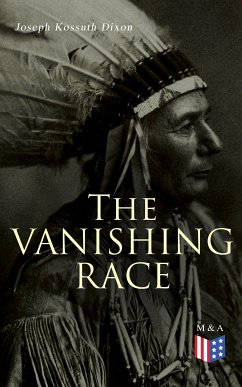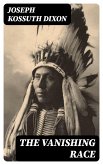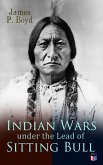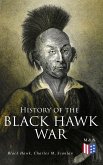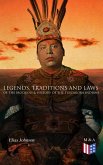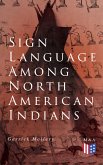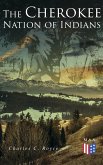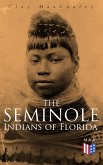"The Vanishing Race" is a record in picture and story of the last great Indian council, participated in by eminent Indian chiefs from nearly every Indian reservation in the United States. This book also includes the story of their lives as told by themselves, their speeches and folklore tales, their solemn farewell, and the Indians' story of the Custer fight. Contents: Indian Imprints a Glimpse Backward The Story of the Chiefs Chief Plenty Coups Chief Red Whip Chief Timbo Chief Apache John Chief Running Bird Chief Brave Bear Chief Umapine Chief Tin-tin-meet-sa Chief Runs-the-enemy Chief Pretty Voice Eagle Folklore Tales-sioux Chief White Horse Folklore Tales-yankton Sioux Chief Bear Ghost Chief Running Fisher Bull Snake Mountain Chief Mountain Chief's Boyhood Sports Chief Red Cloud Chief Two Moons The Story of the Surviving Custer Scouts White-man-runs-him Folklore Tale-crow Hairy Moccasin Curly Goes-ahead-basuk-ore The Indians' Story of the Custer Fight The Last Great Indian Council Indian Impressions of the Last Great Council The Farewell of the Chiefs
Dieser Download kann aus rechtlichen Gründen nur mit Rechnungsadresse in A, B, BG, CY, CZ, D, DK, EW, E, FIN, F, GR, H, IRL, I, LT, L, LR, M, NL, PL, P, R, S, SLO, SK ausgeliefert werden.

